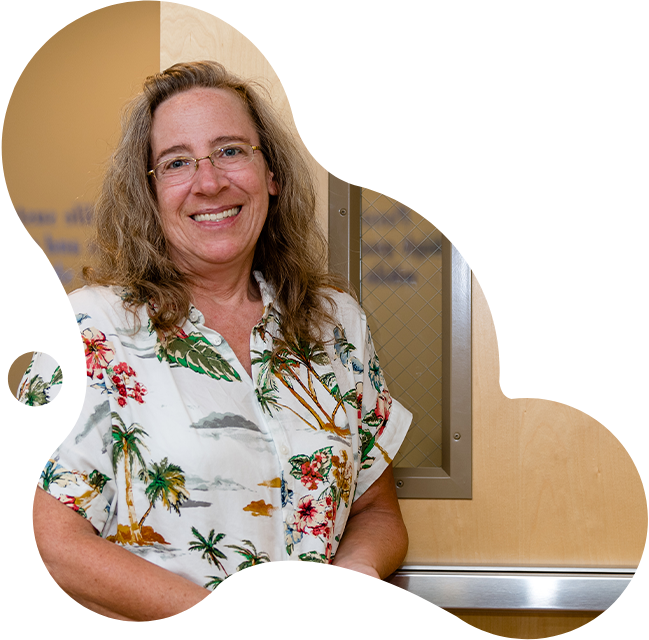Lead Reports
Lead testing reports by town and system.
The primary source of lead in tap water comes from water pipes or household plumbing and fixtures inside homes that contain lead.
Maine Water monitors our water systems thoroughly and frequently to ensure that we are providing a high-quality water supply 24 hours a day, 365 days a year.
- We conduct extensive water quality testing at our sources and within our distribution system.
- Test results on samples collected from our water sources and from our distribution systems meet standards for lead in drinking water.
- We fully comply with the EPA requirements regarding sampling for lead in drinking water and provide results to State health officials.
- We are confident in the water quality that we provide our customers.
You should know lead is rarely found in surface water (lakes, streams) and groundwater (aquifers, wells). Water quality testing at our sources has historically shown very little or no lead. To ensure that our water meets drinking water quality standards for lead, we conduct extensive water quality testing of our distribution systems and take steps to optimize corrosion control wherever lead is found to be leaching from household plumbing.
The primary way lead can enter drinking water is when it comes in contact with lead service lines or household plumbing (pipes, faucets) made from lead.
See fact sheet for more info.Lead reports
Lead results by water system. If you are not sure which system serves your home please call us at 1.800.287.1643.
Frequently asked questions about Lead
Maine Water has an extensive program of water quality protection that includes land ownership, watershed inspections, and source water quality monitoring. In addition, regular water quality testing is done in all of our water systems and continues to show that the water delivered to our customers is in compliance with state and federal drinking water standards and is safe to drink. Our water quality testing data is regularly reviewed for potential changes or trends and any customer water quality complaint is escalated to professionals in our water quality team.
Water quality reports that detail information on the results of water quality testing done in your town, include information about the company’s water systems along with source-protection measures, are made available annually to all of our customers here.
In addition to limiting our supplies to quality sources with source protection measures, we also have a comprehensive approach to control lead in our water systems. This approach includes sampling and chemical addition in our treatment and distribution systems for corrosion control to maintain water quality and protect our customers from the potential for lead to enter their drinking water. We have a program in place, as required under Federal law, to minimize the potential for lead to enter your drinking water.
Lead typically enters drinking water as a result of corrosion, or wearing away, of materials in household plumbing containing lead. These materials include lead-based solder that in the past had been used to join copper pipe, brass and chrome-plated brass faucets, and in some cases, the service line that connects your house to the water main, if the pipe is made of lead.
In 1986, Congress banned the use of lead solder containing greater that 0.2% lead, and restricted the lead content of faucets, pipes and other plumbing materials to 8.0%, however the internal plumbing in older homes may still contain lead piping. In homes where there is still lead in internal plumbing and fixtures, under certain pH conditions, lead may dissolve into the drinking water after it has sat in the internal plumbing for some time. As such, sampling under our lead and copper program intentionally focuses on homes with older plumbing and samples are taken with the first water drawn from the tap in the morning.
We monitor for lead from customer’s homes to confirm that the chemical treatment processes remain effective. In instances where the lead in a customer’s home is above the action level set by Federal Standards (15 part per billion), we notify the customer right away. If 10% or more of the samples collected from a public water system are above the Federal Standards we notify all customers within the service area.



Need to speak to someone?
Customer Service Inquiries and 24 hour Emergency Service:
1.800.287.1643
 Biddeford
Biddeford